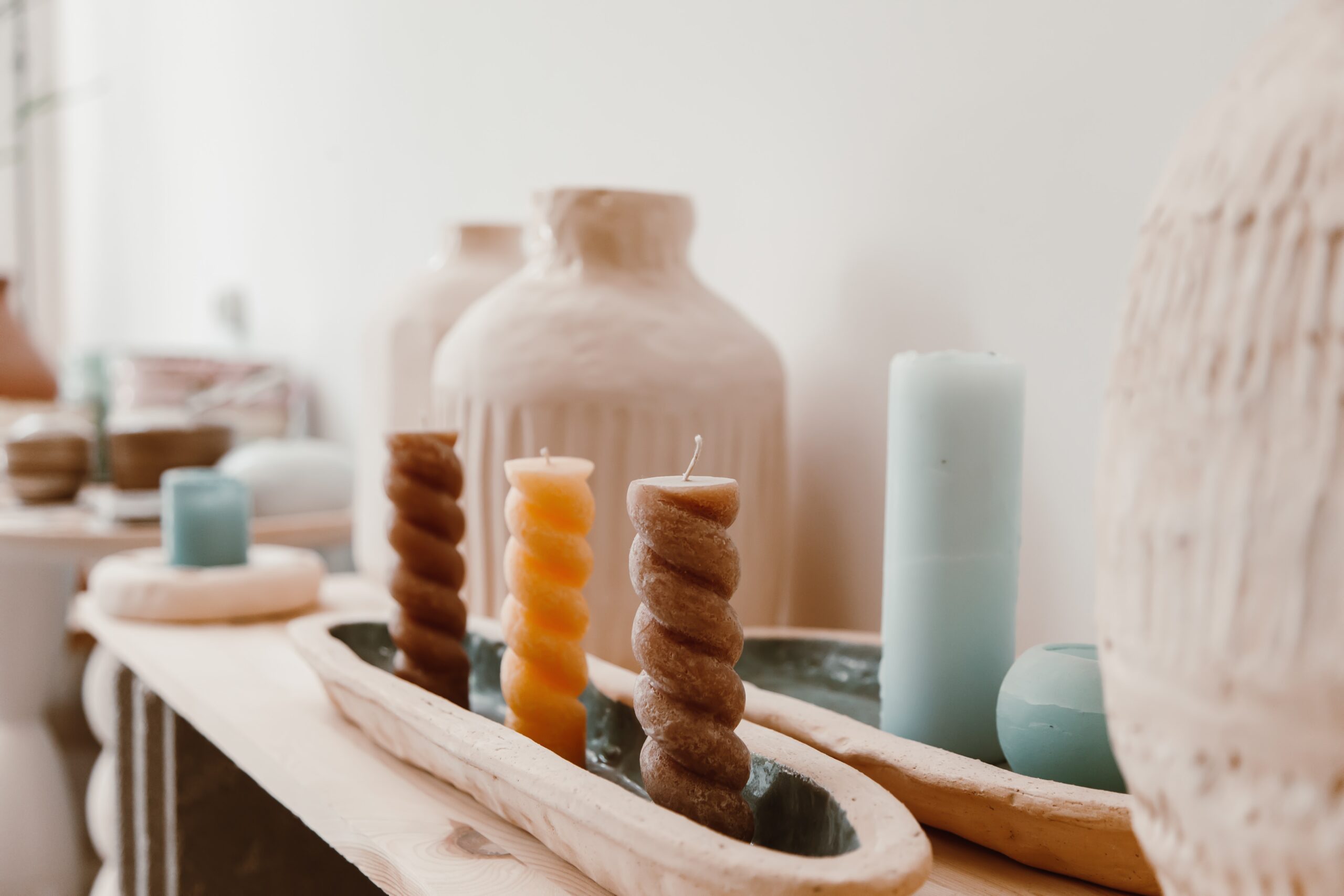
Table of Contents
Candle making insurance is important to ensure seamless and uninterrupted operations of candle making business.
Candle making insurance is an important part of protecting candle making company from customer claims against your business. The cost of candle making insurance depends on several factors, including coverage needs and business size.
The history of candle making dates back thousands of years, with evidence of early candles being made from animal fat in ancient Egypt and China. These primitive candles provided light after sunset, enabling people to carry out their daily activities.
Over time, candle making techniques evolved, and different materials were used, including beeswax and tallow.
However, it was the introduction of paraffin wax in the 19th century that revolutionized the industry, making candles more affordable and accessible.
Candle Making Insurance Explained
In a general sense, one of the most crucial candle making insurance policies for candle-making businesses is general liability insurance.
This type of insurance encompasses various risks, including Bodily injury, Property damage, Medical payments, Legal Defense and judgment, and Personal and advertising injury.
While general liability insurance offers broad coverage, it might not adequately protect against all the potential risks encountered by your candle-making enterprise.
In such instances, it’s advisable to explore obtaining specialized policies that cater to specific types of risks:
Product liability insurance: This Candle making insurance safeguards against potential harm caused to a customer or their property due to your products.
It covers expenses like legal fees, medical costs, and damages resulting from product-related injuries or illnesses.
Commercial property coverage: This Candle making insurance shields your business property, encompassing your candle-making equipment, supplies, and inventory.
It can also finance repair or replacement expenses if your property suffers damage or destruction from incidents like fire, theft, or other covered events.
Business income coverage: This Candle making insurance is designed to protect your income if your candle-making business faces temporary closure due to a covered event such as a fire or a natural disaster.
It covers lost profits, fixed expenses, and other costs linked to the interruption of your business operations.
Facts & Figures about Candle Making Business
The annual retail sales of candle products in the United States are estimated to reach approximately $3.14 billion, based on Mintel’s 2013 report.
Member companies of the National Candle Association contribute to about 80 percent of the total candle production in the country.
These candles find their primary sales outlets in specialty or gift shops, department and home décor stores, as well as mass merchandisers like discount stores, drug store chains, and grocery stores.
During the Christmas/Holiday season, around 35% of candle sales occur, while the remaining 65% constitute non-seasonal business. To produce the candles sold each year in the U.S., more than 1 billion pounds of wax are utilized.
Consumers in the United States have access to an extensive selection of over 10,000 different candle scents.
The Consumers in UK spend nearly £1.9 billion a year on candles with average person buying approximately six candles per year.
The price range for candles typically starts from approximately $1.99 for a votive and goes up to $35 for larger pillar or jar candles. Exceptionally scented candles housed in beautiful containers and elaborate packaging may command prices of $200 or more.
Candles Types
A variety of candles available ranges widely in sizes and shapes, encompassing tapers, votives, pillars, tealights, container and jar candles, floating candles, liturgical candles, outdoor candles, novelty candles, utility candles, and birthday candles.
I just didn’t know that there are so many types of candles! Let me just elaborate my homework-
Tealights: These are petite, circular candles typically set into specialized tealight holders. They feature a short wick and a brief burning duration, typically lasting around 3-4 hours.
Taper candles: These are elongated candles commonly used in candlesticks. They have a tall and slender profile, usually measuring between 6 to 18 inches in height, with a narrower top compared to the base.
Pillar candles: These candles are robust and come in various shapes, sizes, and heights, frequently appearing as columns, squares, or rectangles. Crafted from solid wax, they possess the structural integrity to stand independently without requiring a container.
Votive candles: Generally shorter and wider than other candle types, these are often housed in glass containers for burning. Their burn time varies based on wax weight and wick size, typically averaging between 10 to 20 hours.
Container candles: These candles are poured into containers, commonly glass or other materials resistant to heat and flames.
Novelty candles: These candles are shaped, sculpted, or intricately designed into various figures and patterns.
Flameless candles: Made from genuine wax, these candles closely resemble traditional candles but operate without an actual flame. They are available scented or unscented, offering diverse shapes and sizes.
Instead of a real flame, they utilize LED, battery, or electricity, featuring adjustable light and flicker settings. Flameless candles are long-lasting and eliminate fire hazards.
Scented candles: Emitting a substantial amount of fragrance while burning, scented candles continue to diffuse aroma even when unlit.
They can be infused with natural or synthetic fragrances, including essential oils or aroma compounds, offering an extensive array of scents.
Fragrance-free candles: These candles lack any added fragrance or masking agents and do not emit any scent while burning, focusing solely on providing light and warmth.
Unscented candles: Typically, these candles contain ingredients or chemicals intended to neutralize or mask the natural scent of the candle or its components. Fragrances are concealed, rendering them imperceptible to the nose.
Various Uses Of Candles
Romance
One of the most iconic uses of candles is in creating a romantic atmosphere. The soft, warm glow of candles instantly adds a touch of magic to any setting. From intimate dinners to marriage proposals, candles play an essential role in setting the mood.
Scented candles, with fragrances such as vanilla, lavender, or rose, enhance the sensory experience, heightening the overall ambiance and creating a romantic and soothing atmosphere.

Decoration and Celebration
Candles are not just for romantic occasions; they are also an integral part of celebrations and decorations. Birthdays, anniversaries, and festivals often feature beautifully adorned candles that symbolize joy, happiness, and hope.
Birthday cakes adorned with sparkling candles ready to be blown out make for a memorable celebration. During Christmas, candles are used to decorate Christmas trees and create a cozy, festive atmosphere.
The soft, warm glow of candles brings comfort and a sense of togetherness during holiday gatherings.
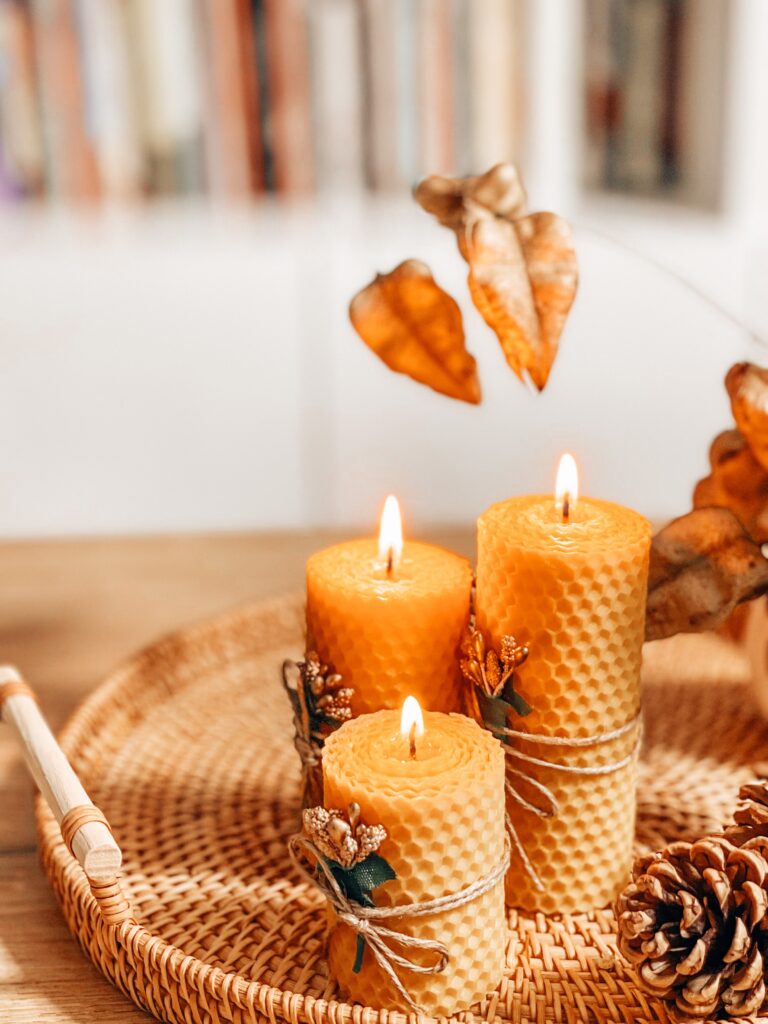
Religious and Spiritual Practices:
Candles hold significant importance in various religious and spiritual practices around the world. In Christianity, candles are lit during prayers and symbolize the presence of divine light.
Buddhist temples use candles as offerings, representing enlightenment and wisdom.
In Hinduism, candles are lit during ceremonies and rituals as a form of prayer and devotion.
The act of lighting a candle holds spiritual symbolism, representing the triumph of light over darkness, knowledge over ignorance.
Aromatherapy and Well-being:
Candles have become increasingly popular in the field of aromatherapy and well-being. Scented candles infused with essential oils create a soothing and therapeutic environment, promoting relaxation and stress relief.
Fragrances like eucalyptus, chamomile, and sandalwood have calming properties, while citrus scents like lemon and orange energize and uplift the mood.
The combination of soft candlelight and aromatherapy creates a harmonious space for self-care and rejuvenation.
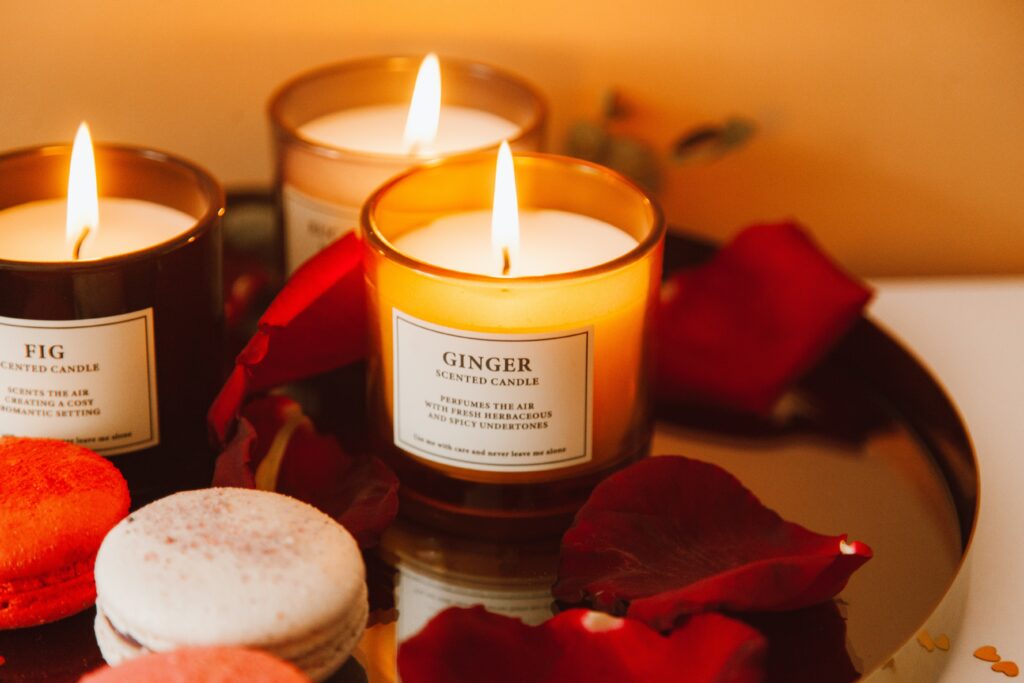
Materials and Techniques:
With the growing appreciation for candles, many individuals have taken up the art of candle making as a hobby or even a business venture.
Candle making allows for creativity and personalization, as artisans can experiment with various colors, scents, and designs.
From traditional taper candles to unique shapes and patterns, the possibilities are endless. DIY candle making kits and workshops have also become popular, enabling enthusiasts to learn the craft and create their own customized candles.
Candles can be crafted from various materials, particularly utilizing different kinds of wax.
The primary candle waxes commonly used are:
Paraffin: This wax type is the most prevalent in candles, especially in mass-produced ones. Paraffin is cost-effective and often results in highly fragrant and vividly colored candles.
However, paraffin candles tend to contain more harmful chemicals and can emit noxious substances when burned. They are also less eco-friendly and have the potential to leave stains on walls, ceilings, and furniture.
Beeswax: Beeswax candles are environmentally sustainable, biodegradable, and entirely natural. They are hypoallergenic, recommended for individuals with asthma or allergies, and can help eliminate dust and mold from your living space.
Additionally, beeswax candles burn for longer periods compared to other candle types. Nonetheless, beeswax stands as the priciest candle material and typically cannot incorporate additional fragrances, making them less attractive to those seeking diverse scented candles.
Soy wax: Made from soybean oil, soy wax is derived from a more sustainable resource. Soy wax candles are biodegradable, containing notably fewer toxins. They last longer than many other candles and do not leave stains in your home.
However, a majority of soy candles contain some amount of paraffin, and the soy requires chemical treatment before use. Additionally, soy candles generally involve higher production and purchasing costs.
Palm wax: Candles made from palm wax use palm oil and burn efficiently without releasing soot or toxins. Palm wax blends easily with fragrances and essential oils and retains colors well.
However, palm oil production is often associated with deforestation, leading many consumers to avoid palm oil products for ethical reasons.
In nutshell, Candle making involves a careful selection of materials and techniques. The choice of wax, such as soy wax, beeswax, or paraffin wax, influences the quality and burn time of the candles.
Essential oils or fragrance oils add scent, while dyes or natural additives create beautiful colors and textures.
Candle molds, wicks, and containers are used to shape and hold the candles during the pouring and cooling process.
Various techniques, such as layering, marbling, and embedding, can be employed to create unique and visually stunning candles.
The Art of Candle Making
With the growing appreciation for candles, many individuals have taken up the art of candle making as a hobby or even a business venture.
Candle making allows for creativity and personalization, as artisans can experiment with various colors, scents, and designs. From traditional taper candles to unique shapes and patterns, the possibilities are endless.
DIY candle making kits and workshops have also become popular, enabling enthusiasts to learn the craft and create their own customized candles.
Here we have something for you if you want to master the art of candle making-
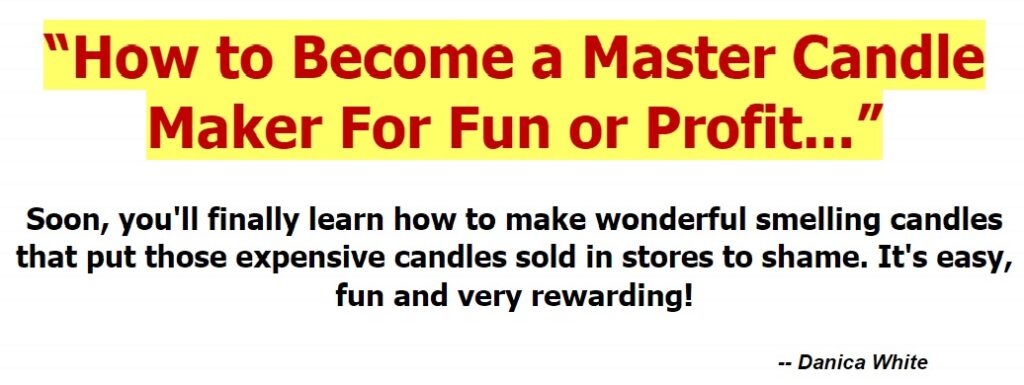
Important Considerations For Candle Making Business
Safety Considerations:
While candle making is an enjoyable and creative activity, it is essential to prioritize safety. Working with hot wax and open flames requires caution and proper handling.
It is crucial to follow safety guidelines, such as using heat-resistant equipment, keeping flammable materials away from the workspace, and never leaving candles unattended.
Understanding the proper use of wicks and choosing the right size for the candles is also important to ensure even burning and minimize safety risks.
Environmental Considerations:
As the world becomes more environmentally conscious, candle makers are increasingly turning to sustainable and eco-friendly materials.
Natural waxes like soy and beeswax are renewable resources and have a lower environmental impact compared to paraffin wax, which is derived from petroleum.
Additionally, using lead-free wicks and avoiding synthetic fragrances contributes to a more eco-friendly candle-making process.
Conscious consumers now seek out candles that are ethically sourced, non-toxic, and packaged in recyclable or biodegradable materials.
Conclusion
Within the captivating business of candle making, the importance of candle making insurance emerges as a critical factor, ensuring the resilience and continuity of businesses in this time-honored industry.
Candle making insurance, particularly general liability coverage and specialized policies like product liability, commercial property, and business income coverage, stands as a vital tool in mitigating risks inherent to the industry.
As the candle-making sector significantly contributes to the economy, boasting billions in annual sales, insurance becomes a strategic imperative for prudent and responsible business management.
It not only shields against customer claims but also safeguards operations during unforeseen disruptions, reinforcing the industry’s stability.
Adhering to safety guidelines and embracing eco-friendly practices, such as using sustainable waxes and lead-free wicks, becomes imperative for harmonizing tradition with contemporary values.
FAQs
What is candle making?
Candle making is the process of creating candles by melting wax, adding fragrance or color, and pouring it into molds or containers with a wick.
What are the basic ingredients needed for candle making?
The basic ingredients for candle making include wax (such as soy, beeswax, or paraffin), a wick, fragrance or essential oils (optional), and colorants (optional).
How do I melt wax for candle making?
To melt wax, you can use a double boiler or a heat-resistant container placed in a pot of water on low heat. Never melt wax directly over high heat.
How do I add fragrance to candles?
Fragrance can be added to candles by mixing fragrance or essential oils into the melted wax before pouring it into the mold or container.
Can I use food coloring for candle making?
It is not recommended to use food coloring for candle making, as it may not mix well with the wax. Instead, use candle-specific colorants for better results.
What is the purpose of a wick in a candle?
The wick provides a pathway for the melted wax to be drawn up and burned, creating the flame.
How long does it take for a candle to set?
The setting time for candles can vary depending on the type of wax and size of the candle. Generally, it takes a few hours for the wax to completely solidify.
How can I make scented candles last longer?
To make scented candles last longer, trim the wick to ¼ inch before lighting, and allow the candle to burn long enough for a wax pool to reach the edges of the container.
Can I reuse old candles to make new ones?
Yes, you can reuse old candles by melting them down and adding new wax, fragrance, and color to create new candles.
Are there any safety precautions for candle making?
Yes, some safety precautions for candle making include working in a well-ventilated area, using appropriate equipment, and being cautious with hot wax and open flames.
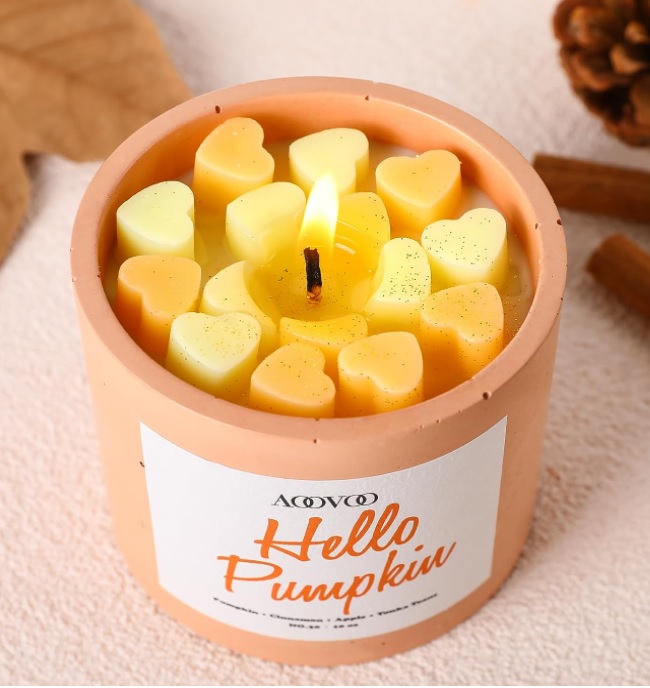
Hi there, I found your web site by way of Google whilst looking for a related matter, your site came up, it appears good. I’ve bookmarked it in my google bookmarks.
Its like you read my mind! You seem to know a lot about this, like you wrote the book in it or something. I think that you can do with some pics to drive the message home a bit, but other than that, this is wonderful blog. An excellent read. I’ll certainly be back.